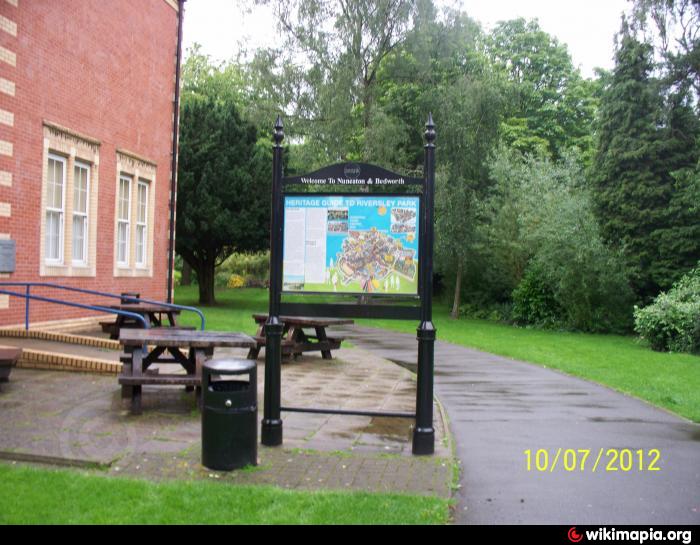Revolutionizing Construction: The Impact of BIM Surveys

The world of construction, in which a groundbreaking technology is reshaping the way projects are taken to life. Building Information Modeling (BIM) surveys have emerged as a game-changer, revolutionizing the industry and empowering professionals to create with unprecedented accuracy and efficiency. In the following paragraphs, we'll explore the transformative impact of BIM surveys and how they are reshaping construction, enabling professionals to unleash their full potential.
BIM surveys bring a new level of precision to the design process. By leveraging advanced surveying technologies, professionals can capture detailed information regarding existing structures and sites, forming the foundation for creating digital models that mirror reality with astonishing accuracy. This enhanced accuracy enables architects and engineers to visualize designs in great detail, fostering informed decision-making and elevating the caliber of designs.
Browse this site foster a collaborative environment in the construction industry. By developing a centralized digital hub, professionals from different disciplines can converge, share expertise, and work towards a standard goal. This seamless collaboration promotes efficient coordination, enhances communication, and unlocks the true potential of collective intelligence. With BIM surveys, professionals can align their efforts, breakdown silos, and achieve better project outcomes through collaborative excellence.
One of many significant great things about BIM surveys is their capability to detect clashes and conflicts early in the design phase. Through sophisticated 3D digital models produced from survey data, professionals can identify potential clashes between different building systems before construction begins. This proactive clash detection saves time, mitigates risks, and eliminates costly rework during the construction phase. By addressing conflicts in the virtual realm, BIM surveys lay the foundation for seamless construction, where harmony prevails and disruptions are minimized.
BIM surveys have a transformative effect on construction planning and cost estimation. The comprehensive survey data allows professionals to create reliable quantity take-offs and accurate cost estimates. The detailed 3D models derived from BIM surveys facilitate visualization of the construction sequence, optimization of workflows, and identification of potential challenges. This degree of precision planning leads to streamlined operations, tighter project schedules, and optimized resource allocation, ensuring successful and efficient project delivery.
Safety is paramount in construction, and BIM surveys donate to enhanced safety assurance. By simulating the construction process in the digital realm, potential safety hazards can be identified and addressed proactively. This proactive approach allows professionals to assess risks meticulously, devise robust safety measures, and ensure the well-being of workers on-site. BIM surveys foster a culture of safety that goes beyond compliance, elevating construction standards and promoting enhanced on-site safety performance.
Nowadays, sustainability is a key consideration, and BIM surveys play a role to advertise eco-conscious construction practices. The detailed digital models derived from BIM surveys enable accurate energy simulations, empowering professionals to create informed decisions that minimize environmental impact. By incorporating sustainability considerations from the project's inception, professionals become advocates for greener construction practices, contributing to a sustainable future.

BIM surveys have revolutionized the construction industry by introducing advanced technologies and methodologies that improve accuracy, collaboration, and efficiency throughout the project lifecycle. From unleashing design precision and fostering collaborative excellence to enabling clash detection, precision planning, safety assurance, and sustainability, BIM surveys have a profound impact on construction projects. Embracing BIM surveys
